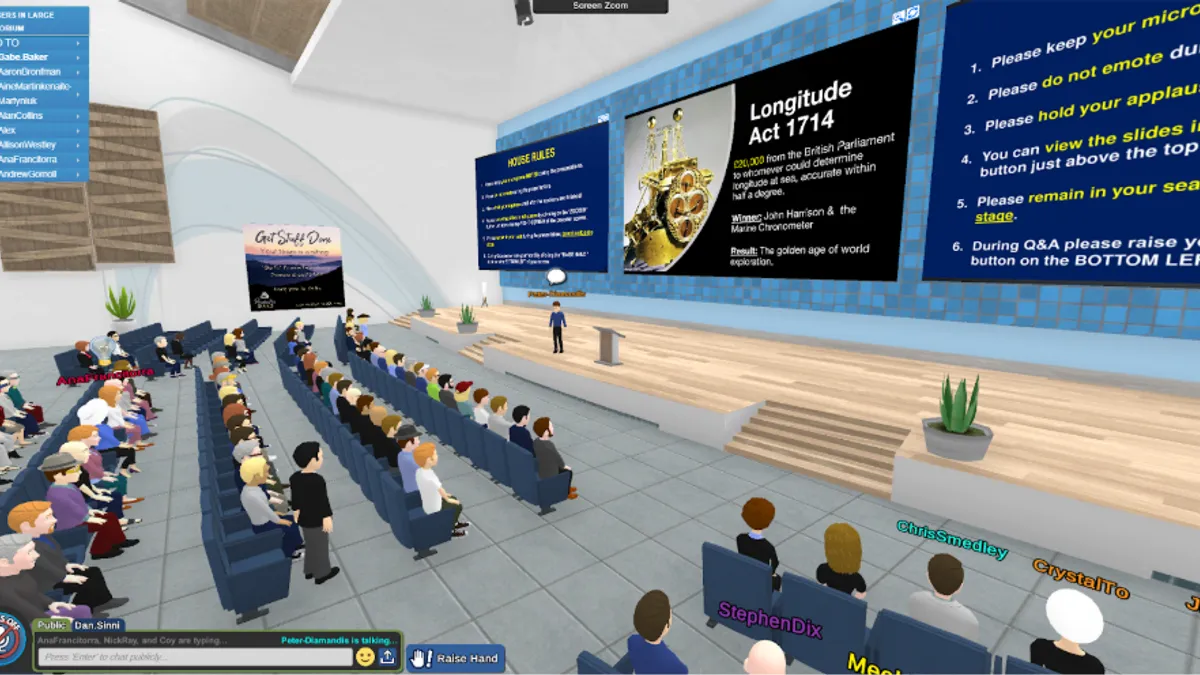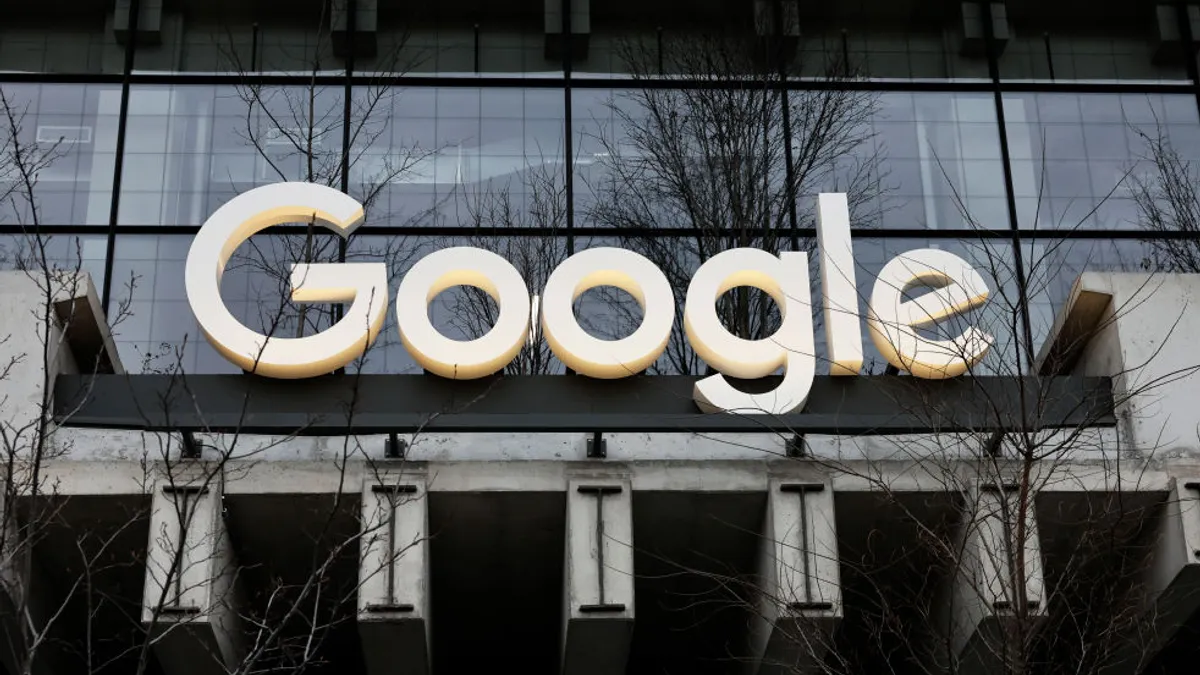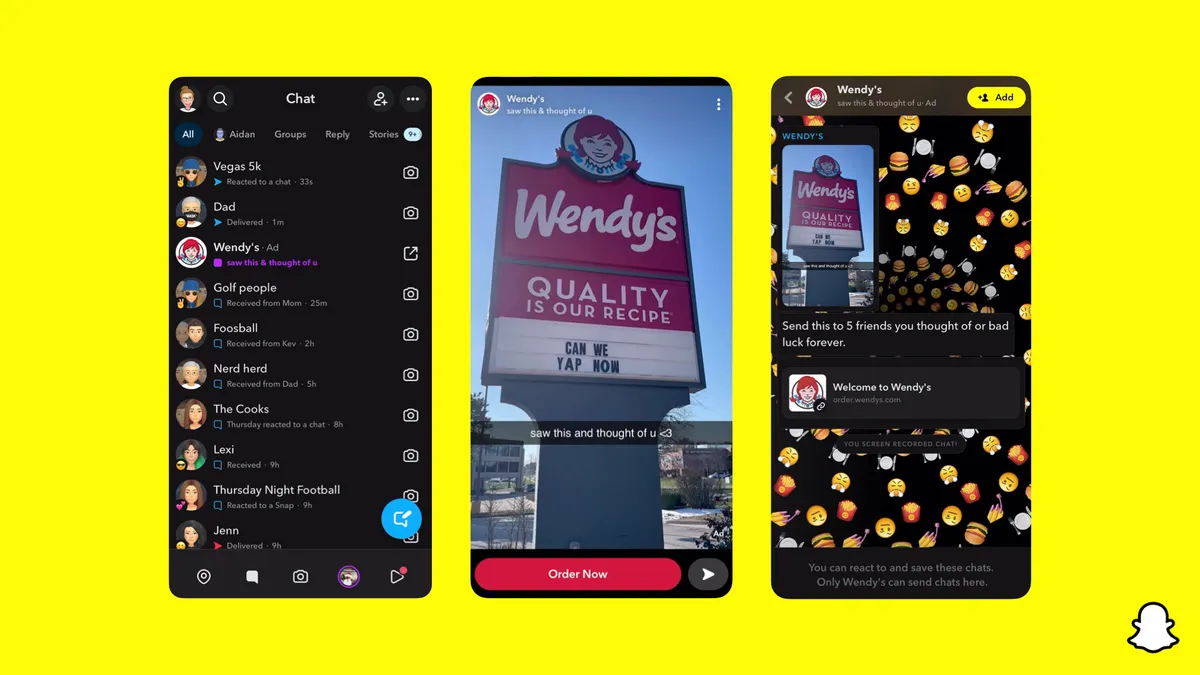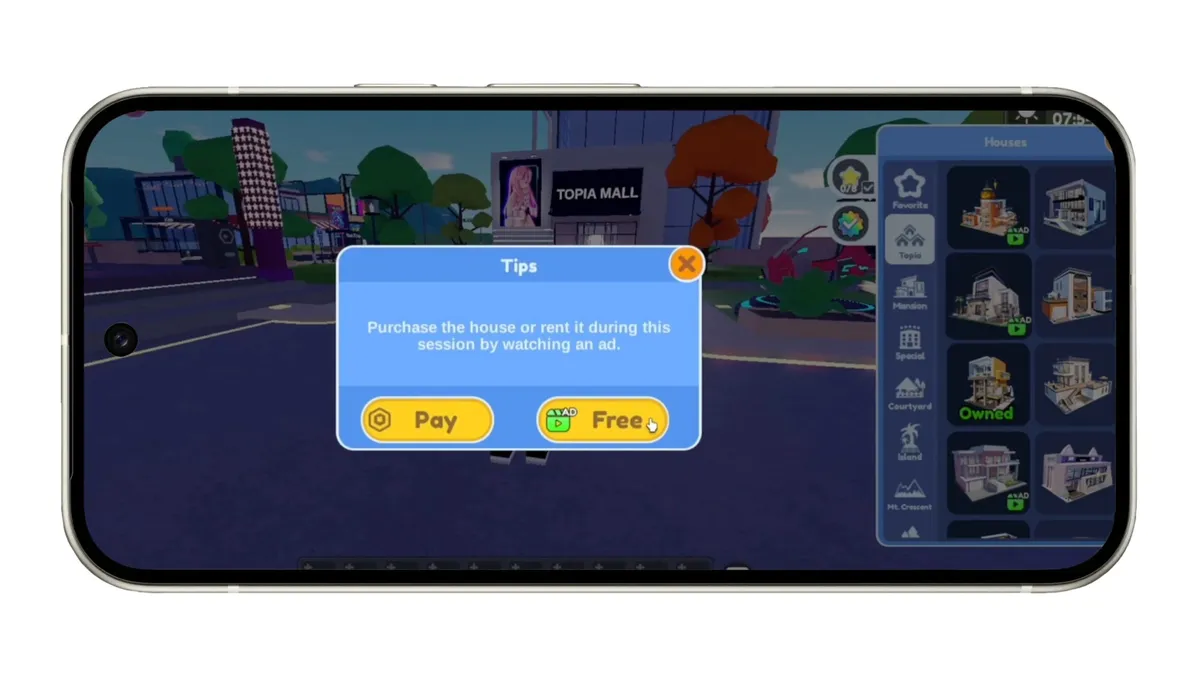The following is a guest post from Mark Curtis, Accenture Interactive's head of innovation and thought leadership. Opinions are the authors' own.
The interaction between design, content and audience engagement is rapidly evolving following a year where remote experiences dominated how brands, businesses and people connected. The screen became both our window to the world and our stage for workplace video calls, Zoom social events, online-only live concerts and virtual summits.
The novelty of virtual experiences quickly wore off as screen fatigue, coupled with stay-at-home orders and a crippling virus, challenged us to remain engaged. As the tension between health and our reliance on digital continues to grow, there needs to be a renewed balance between immersion and meaningful engagement.
Interactive experiences are essential
The desire for more interactions across digital platforms has led to emerging technologies from major brands. For example, Facebook launched Watch Together last year to let users view videos remotely in Messenger with friends. The consumer craving to make digital content more interactive with peers led to a plethora of joint video consumption app features with streaming platforms like Disney+, Netflix, Hulu, Amazon and Twitch introducing their own offerings in 2020.
This trend is making the jump from entertainment to business. Mmhmm, a virtual presentation product created to make virtual meetings more fun, recently raised $31 million before launch. Whether for work or play, there is growing consumer demand for immersive digital experiences, which are integral to successful events.
Despite our continued reliance on virtual experiences, brands and businesses have a major opportunity to keep audiences engaged by blending live performances, built-in social environments and audience participation across platforms.
There is no simple solution to audience engagement, but there is plenty of room for innovation. Many will benefit from an evolving strategy to recreate interest seen only at live events.
Personalization is king
Similar to in-person participation, virtual event attendees should not be offered a one-size-fits-all strategy. We must remember the world collectively experienced displacement last year, leaving us feeling disconnected from familiar comforts both big and small. As such, finding new ways to translate and re-create offline emotions and comforts in online environments is key to hyper-personalizing time spent in front of a screen.
There were some excellent leaders in this space early on. Salesforce knew it had to shift to virtual to embrace connectivity ahead of its annual World Tour event in early March 2020. The company gave participants a choice for their level of engagement with interactive elements during the experience and video recordings available afterward. Their diversity of choice allowed audience members to choose what content was most relevant to them, making this a standout global summit with 80,000 livestream viewers and 1.2 million video views across social channels.
Looking ahead, diversity of choice and personalization will continue to distinguish lackluster gatherings from inventive, engaging and standout virtual connections that maximize impact.
Going green like never before
The positive environmental impact of virtual events can't be denied. Despite the challenges in eliminating virtual fatigue, brands have an opportunity to contribute to safeguarding our planet like never before. Adopting the use of software that helps to reduce the growing carbon footprint is integral to sustainability efforts.
At a macro level, virtual events allow for a greater number of global participants while decreasing the environmental impression of mass gatherings. They also eliminate the carbon impact of air travel, ground transportation and onsite accommodations, which pose potential long-term harm to the environment.
A 1,000-person conference over two days can produce more CO2 emissions than over 200 average American homes per year, according to recent research. Findings also showcase that by switching to a virtual event, a two-day conference of this size could achieve total CO2 emissions of 8,424 kgs as opposed to 1,791,320 kgs, drastically lowering impacts to the planet. With metrics such as these, brands must also consider the positive environmental elements of their events this year.
Once it is safe for us to gather in large groups again, finding a balance between catering to face-to-face contact and continuing to promote sustainability will be the next goal.
What's next
Last year, many organizations struggled to make the necessary pivot to digital events that kept viewers engaged. Following a year of fatigue and screen exhaustion, organizations in 2021 have an opportunity to reinvent their approach to virtual events as they look to deliver experiences away from the physical spaces where customers and brands previously interacted.
By integrating customization and interactive technologies to event-planning efforts, organizers can keep audiences active and engaged while highlighting the overwhelmingly positive environmental impact of their virtual affairs.






















